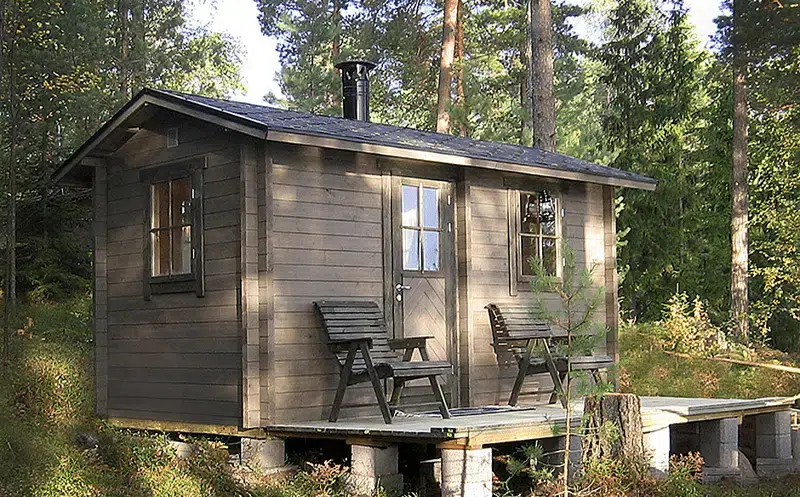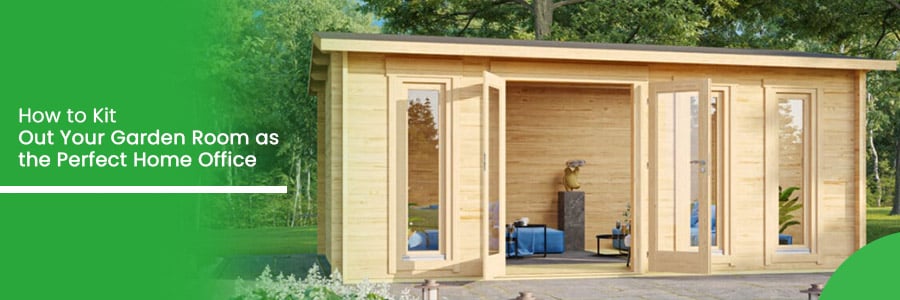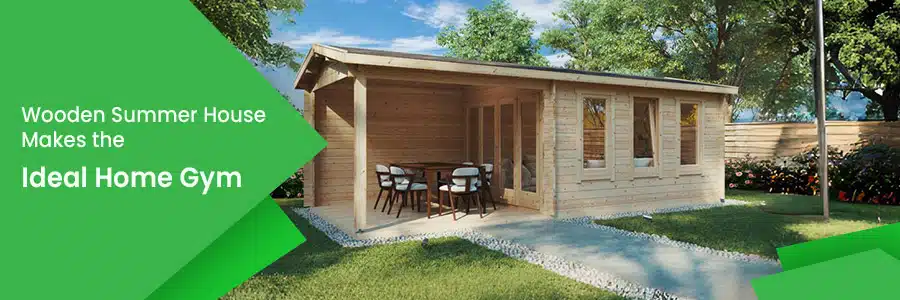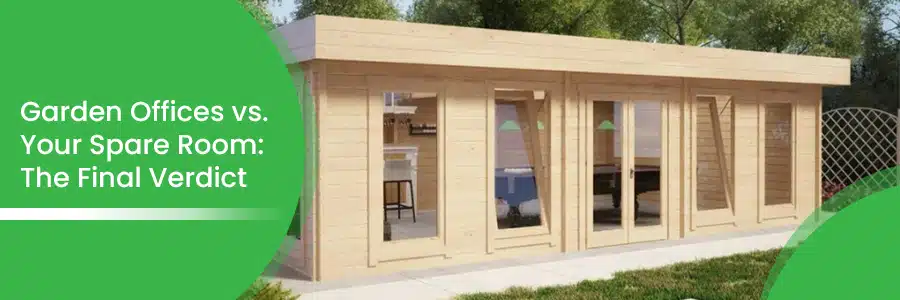Modular design for log houses: what you should know
04.06.2022
Over the years, modular construction has gained a lot of popularity around the world, as it offers solutions to many weaknesses of traditional construction. That being said, it’s not always the right method for every building. Today, we’ll look at the benefits and downsides of modular design and how you can make an informed decision when making an investment.
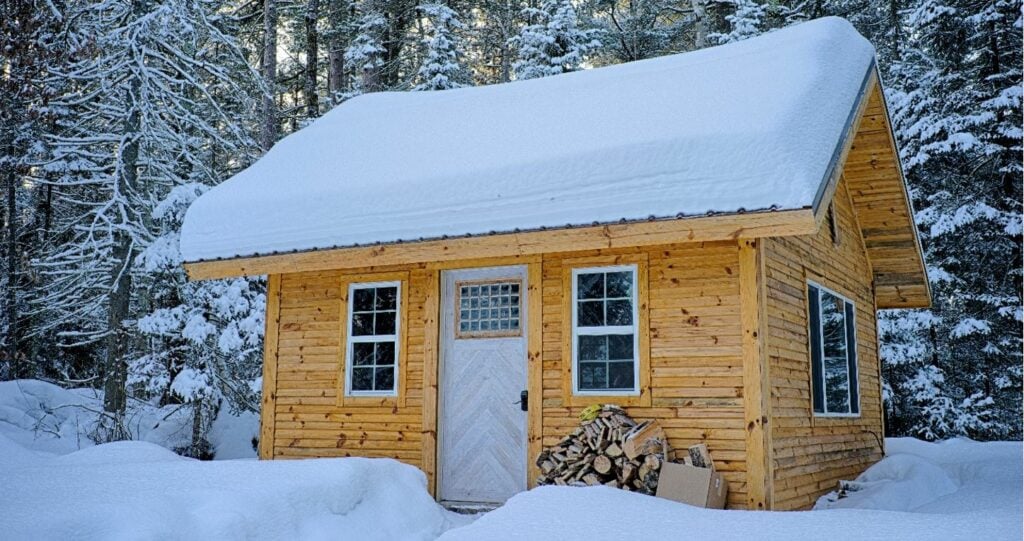
What is modular construction?
Modular construction is a process in which most of the parts or elements of a building are built in a factory. Once completed, the manufacturer transports these modules to the building site. On site, a team of experienced installers assembles the individual parts to create the finished building. At each point, thorough Quality Assurance processes take place.
The pieces might arrive as single wall panels or as entire, pre-built rooms or houses. It depends on the scale of the project and the type of building materials you use.
Crucially, in modular construction, all processes always remain the same: Planning, design, construction and completion follow structured processes. This gives the manufacturer better control over the production and quality of the modules. As a result, you can save time, money and reduce the amount of wasted material.
Modular log house – the advantages
Modular log homes offer buyers some tangible benefits. The following aspects are of paramount importance here.
Lower cost & less material waste
As a rule, prefabricated and modular log houses cost much less than on-site construction. As a result, you can save about 10-20% of the cost of a traditionally built log house. One of the reasons for the lower price is that modular construction produces less material waste. With conventional houses, builders order materials in advance because it is cheaper to procure them in large quantities. However, the actual need only becomes apparent in the course of construction.
In contrast, producers in the prefabricated house sector work with much greater precision – they know precisely how much of everything they need and they are less likely to make mistakes when measuring because they are used to cutting pieces for a particular design. This reduces the need for materials and the decreased amount of waste also makes modular log houses better for the environment.
Another reason: In traditional construction, it is common for subcontractors to be brought in for various tasks on the project. This in turn increases project costs. With modular construction, because the house comes from a single source, you don’t need multiple contractors during the construction process. So, modular construction requires fewer people and less time to construct the building. And that also helps to drive down costs.
Faster construction
Modular construction makes the construction of log cabins 20-50% faster than traditional construction methods. In traditional construction, a lot of time is spent on acquiring materials from various sources. Not so with modular construction. Since everything comes from one manufacturer, delays are less likely to occur. Likewise, bad weather does not affect the manufacturing process at the factory. The construction of the structure itself takes only a few days or even just a few hours – a process that can be further optimized by using construction project management software.
Standardized manufacturing processes and the use of specialist construction software to digitize and optimize processes also have a positive effect. In combination, they bring about some drastic increases in efficiency.
Robustness and durability
Modular timber buildings are usually extremely durable. There are several reasons for this. First of all, factory-built houses undergo multiple inspections at every step of the manufacturing process. This is to make sure that all legal regulations and quality requirements are met.
In conventional construction methods, you can’t always guarantee the quality of the material used. For example, the wood used on site might not have been stored properly, exposing it to moisture or other kinds of damage. This may not be obvious at first, but can cause problems years after construction. Meanwhile, building components are not exposed to the elements during the manufacturing process at the factory.
Finally, modular log buildings are also built more robustly in terms of transportation to their future location. They have to withstand the stresses in the course of truck delivery and the lifting forces when the crane places them on their foundations. They are designed to be tough.
Disadvantages of modular log houses
There are some drawbacks to modular construction, however, that potential builders should consider.
Less customizable
One of the obvious disadvantages of factory-built log homes is that they are not as customizable as conventionally constructed buildings. This is because transporting modules to the site is only possible by truck. This process, in turn, limits the maximum size of modules that can be used for construction.
Another reason is that the modules are produced in standard sizes during manufacturing. For this reason, for example, larger rooms or other customizations may not always be an option.
Changes to the design are also not as easy with modular construction as they are with traditional construction. Even the smallest change in design, such as a different placement of electrical outlets, is often not feasible. Some manufacturers are more flexible than others and offer customers more options here. However, this is often accompanied by rising costs.
Potential additional costs
A prefabricated house offers less flexibility. Buyers who still want to make adaptations must do so after construction. Adding additional utility connections and other details will also cost time and money.
Building site constraints
If you want to have a house built using modular construction, you also need the right plot of land. Modules are not manufactured according to the requirements of an individual customer, but based on what most customers want for their building projects. This compromise means that modular construction is not a viable option on every type of land (for example, steeply sloping ground).
In this case, you have two choices – pay more to adapt the modular log house design, or pay to adapt the land that you want to put it on. Either choice can drive up construction costs significantly.
Conclusion
In most cases, modular log houses are the way to go. They are cheaper, faster to build, have high quality standards and can even be the more sustainable choice. Many modular log house builders even enable you to customise the design, albeit within limited parameters. However, if you do decide that you want to design something totally unique, then traditional construction methods may be the right choice for you. Hopefully this guide has given you some extra tools to make your decision!
Categories:
BlogWant to discuss over phone. Let us call back to you
If you need any additional info regarding any product, please fill in the below form and we will get back to you, usually the same or next working day.
Have any questions regarding some product?
If you need any additional info regarding any product, please send us your questions.
